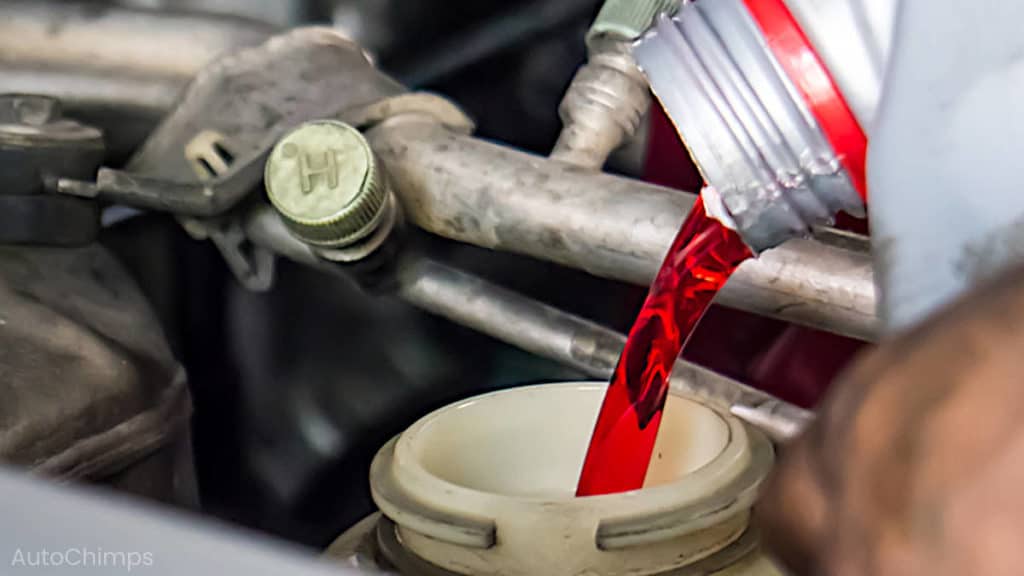
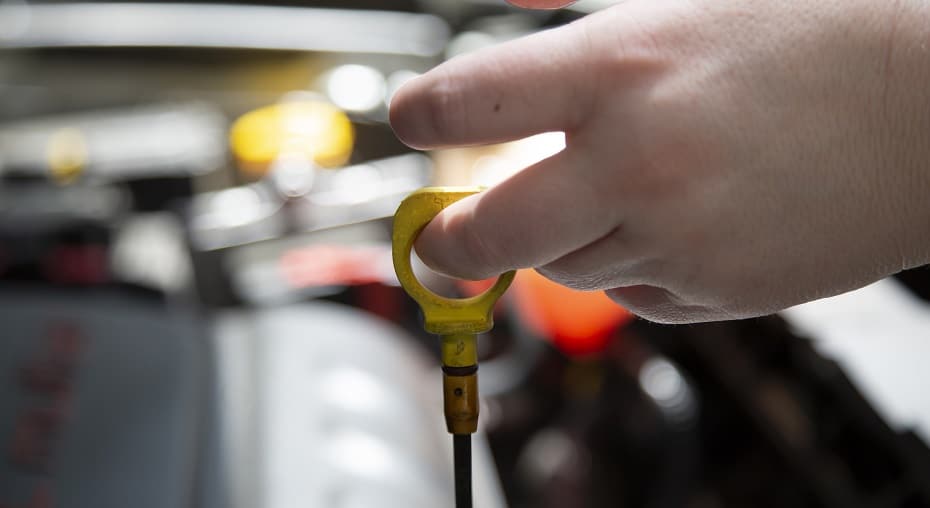
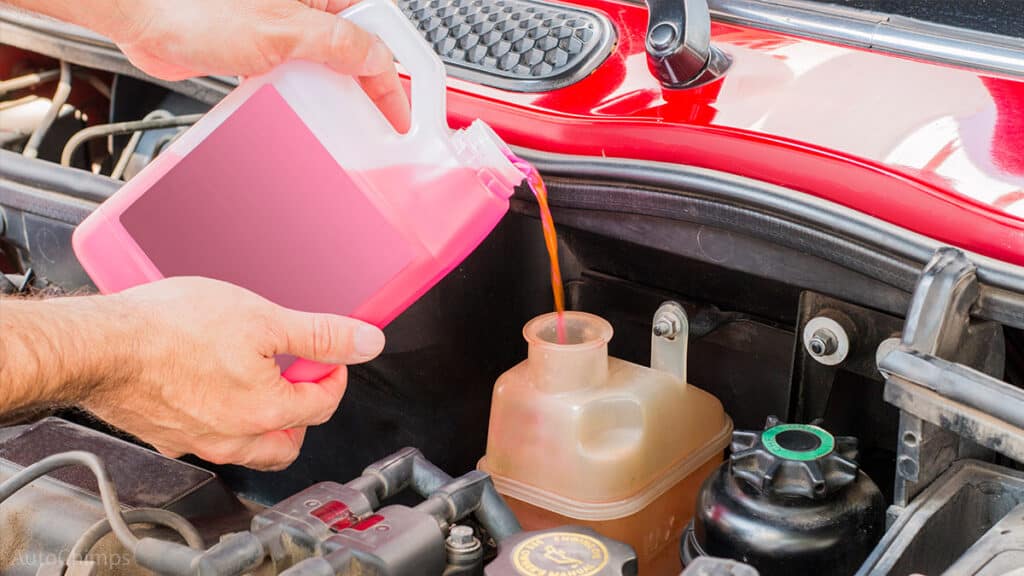

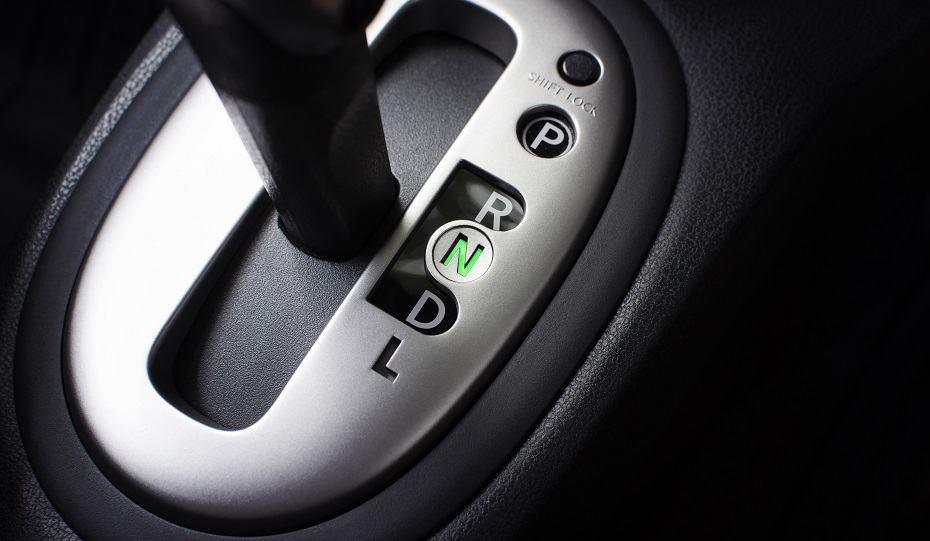
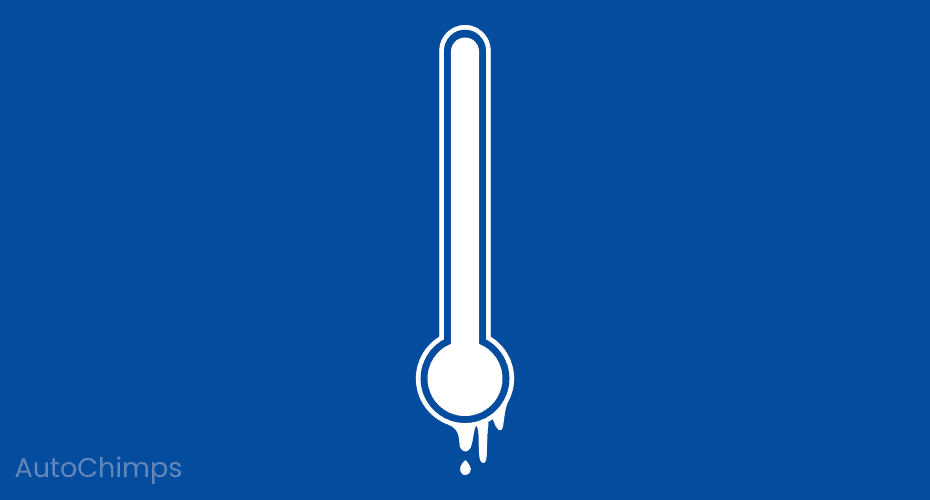



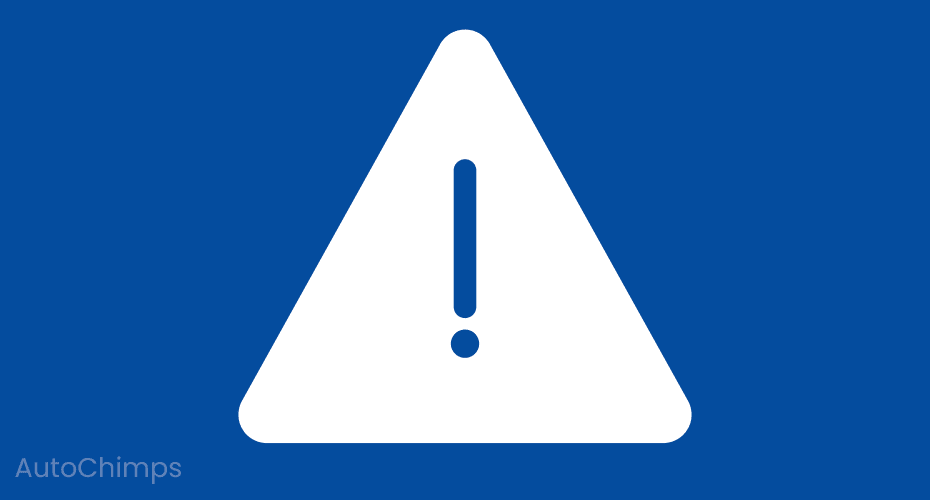

Understanding Transmission Fluid: The Risks of Overfilling
Transmission fluid is the lifeblood of an automatic transmission. Without it, things can get messy fast. Keeping the right level is crucial—too much or too little can spell trouble. This guide dives into what happens if the fluid is overfilled, even just a smidge.
Key Takeaways
- Regularly check transmission fluid levels using the dipstick.
- Look out for foamy fluid, warning lights, and weird noises or jerks when shifting gears.
- If there’s too much fluid, drain some out.
- Don’t drive if the transmission fluid is overfilled.
What Is Transmission Fluid?

Transmission fluid keeps the automatic transmission lubricated and cool. It’s different from the gearbox oil used in manual transmissions. Often referred to as ATF, this fluid also plays a role in the torque converter, which helps the car stop without stalling the engine.
While traditional transmission fluid came from crude oil, nowadays, synthetic options are more common. It’s clear that transmission fluid is essential, and overfilling it can lead to some serious headaches.
How to Tell If Transmission Fluid Is Overfilled

The first sign of overfilled transmission fluid is usually visible on the dipstick. If the fluid level is above the MAX mark, it’s time to take action.
Driving with too much fluid can put a strain on the internal components and the torque converter, leading to potential failure. Keep an eye out for other signs that something’s off.
Symptoms of Overfilled Transmission Fluid
High Transmission Fluid Level

This one’s pretty obvious. If the dipstick shows a high fluid level, it’s time to check the owner’s manual for the right procedure to handle it.
Transmission Warning Light

Modern cars often have sensors that alert drivers to transmission issues. If a warning light pops up and there’s too much ATF, they’re likely related.
Heavy Gear Changes

If gear changes feel more like a jolt than a smooth transition, the transmission fluid could be to blame. It might not be lubricating the gears properly, leading to rough shifts.
Rough Idle and Acceleration
A rough idle or sluggish acceleration can also signal too much transmission fluid. This can mess with the torque converter and prevent gears from meshing smoothly.
Overheating Transmission

Believe it or not, an overfilled transmission can overheat. Too much fluid disrupts circulation, leading to increased pressure and temperature. When fluid can’t cool properly, it deteriorates quickly.
Unusual Sounds
If the transmission starts making clunky or screeching noises, it’s time to investigate. Excess fluid could be causing these sounds.
Struggling to Slow Down

When slowing down, if the car feels like it’s fighting against the brakes, the torque converter may be having issues due to too much fluid.
Foamy or Bubbly Fluid
The fluid should be clear and smooth. If it’s foamy or bubbly, that’s a sign of too much fluid churning around inside.
Broken Transmission

This is the worst-case scenario. If the transmission has been massively overfilled and driven like that for a while, parts like the torque converter could fail.
Is It Bad to Overfill Transmission Fluid?

Absolutely. Overfilling transmission fluid is just as bad as not having enough. Anything above the highest mark on the dipstick is too much. If it’s overfilled, it’s best to drain some out before hitting the road.
What to Do If Transmission Fluid Is Overfilled
Driving with too much fluid isn’t a good idea. It’s better to deal with it right away. Here are a couple of ways to fix the issue:
1. Use the Transmission Drain Plug

Most modern cars have a drain plug for the transmission. Loosen it to let out some fluid. Just make sure it’s safe to do so and that the right tools are on hand.
2. Use an Extraction Tool
If a drain plug isn’t available, a removal hose can be used. Insert it into the dipstick tube and extract the excess fluid until levels are back to normal.
3. Call a Mechanic

If all else fails, calling a mechanic is a solid option. They can handle the situation and get everything back on track.

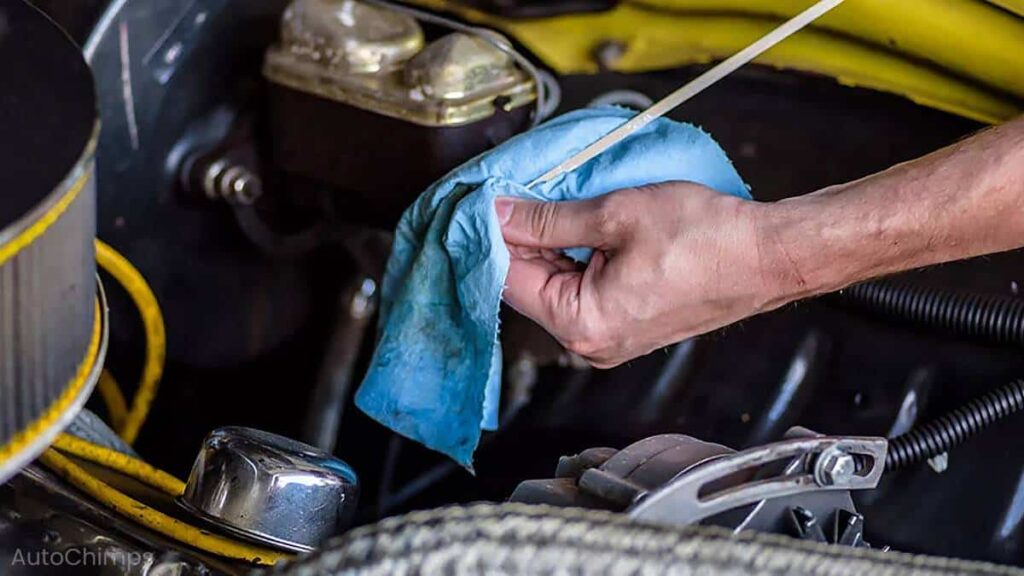
![Understanding High Oil Pressure: Key Causes and Solutions [Comprehensive Guide]](https://autocheep.com/wp-content/uploads/2025/07/high-oil-pressure-150x150.jpg)
![Long Bed vs. Short Bed: Which One Is Right for You? [Guide]](https://autocheep.com/wp-content/uploads/2025/07/Long-Bed-vs-Short-Bed-Which-Is-Best-150x150.jpg)